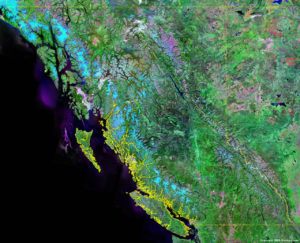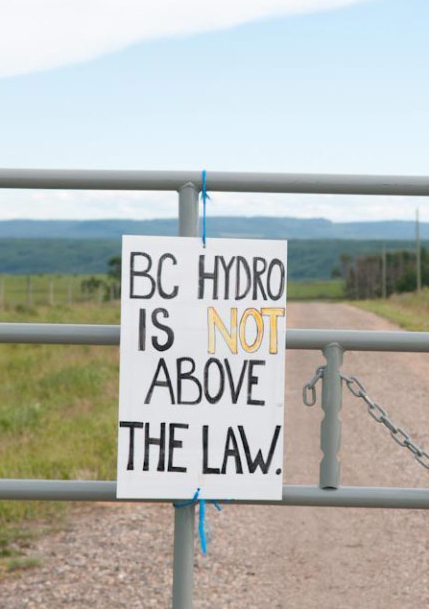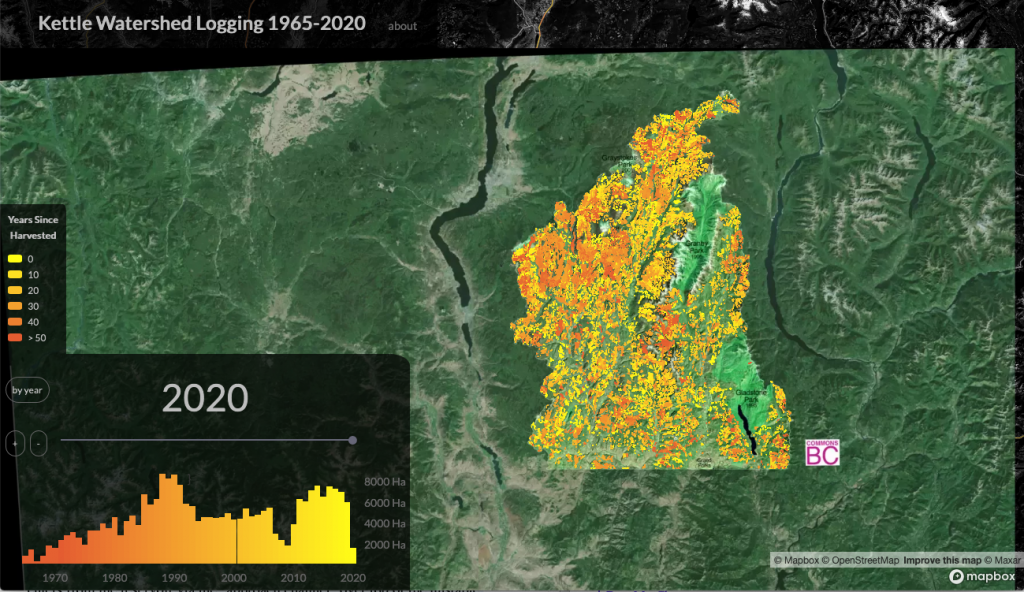Advocating for a better future in British Columbia

Commons BC honours the first National Day for Truth and Reconciliation, September 30, 2021
We join in marking this new statutory day in honour of all of the children who survived Canada’s colonial residential school system and in memory of all those who did not. This genocidal school system, designed to “kill the Indian in the child,” was part of the ongoing effort to destroy Indigenous cultures, remove people from the land, and clear the way for extraction. Indigenous people have always known of this genocidal tragedy and its ongoing trauma, but many Canadians have not. The discovery of mass graves at residential schools this year, beginning with the Kamloops Indian Residental School in BC, requires more than a day to mark. But this process will continue and we are dedicated to education and assisting in uncovering a history that is ongoing and was always hidden in plain sight. We maintain our commitment to assist Indigenous communities as needed as they fight to defend their traditional territories and sovereignty.
Special statement on the Site C Dam – Please sign
Please sign and share the LeadNow petition calling for a halt to all work at Site C while it is properly reviewed by an expert independent panel, with full public transparency. Please visit Stop Site C and please talk to your MLA. See this helpful FAQ .
New! See our new map visualization of extensive logging in BC’s Kettle Valley. Just slide the toggle from 1965 to 2020; outside parks, there’s virtually no unlogged forest remaining. Click on image to go to map tool
Our focus
Commons BC is currently focusing on several key issues, all of which have climate implications as well as implications for human safety and the health of the ecological system we are all dependent on: the Site C dam; BC’s rapid deforestation and destruction of hydrology and habitat; and fracking/LNG. In all three areas, the profits largely accrue to multinational corporate entities that are not based in BC and do not reinvest here, though they are heavily subsidized with public monies. We strive to be allies to the Indigenous nations opposing extraction and megaprojects in their own territories, providing maps, research, advocacy and other forms of support.
The Site C Dam
The Site C dam is a hydroelectric project being built on the Peace River in Northeast BC, supposedly to deliver “green” energy to the fossil fuel industry, at a cost much higher per megawatt than BC could produce with modern tech like wind or geothermal. BC Hydro is not, in fact, supplying significant energy to that industry, despite broad perception that it is, and it will not electrify the LNG plant at Kitimat, which will be gas-powered. The dam will also permanently destroy one of BC’s few Class 1 agricultural valleys. It has the most adverse environmental effects of any project assessed by the BC and federal governments. Rejected multiple times by the BC energy regulator, the BC Utilities Commission (BCUC), and by previous versions of BC Hydro itself, politicians forced the Site C dam through by writing legislation specifically designed to bypass that regulator. Ironically, hey called this legislation the Clean Energy Act. The dam is being built on unique, unstable shale mud and is thus a risk to both workers and communities downstream. It is also a serious violation of Treaty 8 and violates UNDRIP. We are calling for a cessation of work on the dam until there is an independent safety review, and until West Moberly First Nation’s BC Supreme Court case is heard and free, prior and informed consent is given. We would also like BC Hydro to open its books to the public; it is, after all, funded by us. International energy experts like Robert McCullough have observed that this is the most opaque energy project they have ever analyzed. Find out more about why Site C is bad for our economy, bad for jobs, and bad for British Columbian families. It is not too late to stop this dam! Please write or call your MLA. Find your MLA here: https://www.leg.bc.ca/learn-about-us/members

Trouble in BC’s Forests
A letter to the CBC in October 2019 from BC forest expert Jim Cooperman best encapsulates the situation in BC’s forests:
As a long-time forest activist who once worked in the forest industry, my message to the province regarding the closure of sawmills and loss of jobs is “we told you so.” For years we have been repeating the same message, that the province’s forests are being overcut and the result will be degraded ecosystems, loss of species, damage to fresh water supplies and the loss of jobs. The industry is the architect of its own demise and while forest forest workers are but pawns in this travesty, the forest companies have taken their well-subsidized profits and invested the money into sawmills in the U.S. where tree plantations grow many times faster than they do here. B.C.’s forests have been ravaged and while B.C. citizens are left with the mess, the corporations will continue to profit south of the border. This travesty is so sad, so predictable and was so preventable.
The annual allowable cut (AAC) in BC’s forests has long been too high for sustainable forest management. It was artificially made higher in recent years to deal with trees killed by the pine beetle infestation, but was not subsequently reduced as promised. Now forest companies are pushing for yet higher cut, we well as to cut the last of our old growth forests since second growth is not proving profitable. Meanwhile, they while investing little back into BC, instead pulling back into planting and mills in the US. Companies are now logging in or near watersheds close to settlements, threatening water supply and increasing the risk of flooded communities. Virtually all of BC’s original forest cover has been logged; the end of old growth forests is called “timber falldown” and that’s where we are now. What should be done now? All of the crumbs of old growth forest that remain must be preserved, since so many endangered populations rely on them, from grizzlies to owls to mountain caribou. We must also ensure that forestry workers are given decent jobs in properly-managed forests, value-added manufacturing or through retraining. The forest corporations may talk about jobs but they have been busy closing mills and laying off workers while exporting our raw logs. This is unjust and unsustainable.
Fracking and LNG
Even in British Columbia, a major producer of “natural gas,” most people don’t know that there’s nothing natural about BC gas. The gas in question is methane, and it’s the product of fracking or hydraulic fracturing, the process of injected water and solvent into layers of rock to release gases and condensate. Fracked gas is high in volume, that is, takes up an enormous amount of space, so it must be compressed for export. This is done by radically reducing its temperature and compressing it into a liquid: Liquefied Natural Gas or LNG. It’s a hazardous, explosive material, particularly during its manufacture at LNG plants, though could also potentially be dangerous in tankers in the event of collision (though explosions at plants are more common). For more information about B.C. fracking and LNG, read on.
Fracking and LNG are not profitable for B.C. given the massive and ever-increasing subsidies to the offshore corporations operating here. The poisoning of groundwater and land, including the best agricultural land in the province, remain B.C.’s problem while corporations pocket the profits. But it’s not even clear that BC LNG will proceed. Many corporations are “de-risking” their investments in fracking/LNG here. Meanwhile, our main target market is China, but Russia with its massive natural gas fields has just completed a gas pipeline to China and its gas will be cheaper than our LNG arriving in tankers. Fracking in BC doesn’t benefit B.C.; quite the opposite. So why is it proceeding? Furthermore, why is the province of British Columbia allowing fracking so close to dam infrastructure in the Peace River Valley (home of the WAC Bennett Dam, Peace Canyon Dam and the in-process Site C Dam)? We know fracking causes constant quakes, from small to large, and we know that our dams sit on not entirely stable substrates. Fracking puts public safety at risk in a number of different ways. We believe there should be far greater public outcry on behalf of those in the BC’s northeast who are forced to live near fracking injection and disposal wells, and on behalf of the global climate, and that fracking should be banned in B.C. immediately.
The Commons
The idea of the commons is politically complicated in British Columbia; the term should by no means suggest any encroachment of Indigenous and Treaty rights by some “public” or colonial interest. The “commons” in our name refers more abstractly to the “tragedy of the commons” and the need to assert public not private interest in the management of resources and their extraction. But above all, the “commons” in our name refers to the creative commons; we advocate for and collect public data, and we use it to produce maps and graphics that can be freely used by other groups, ENGOs, First Nations groups, schools and individuals for advocacy or educational purposes.

